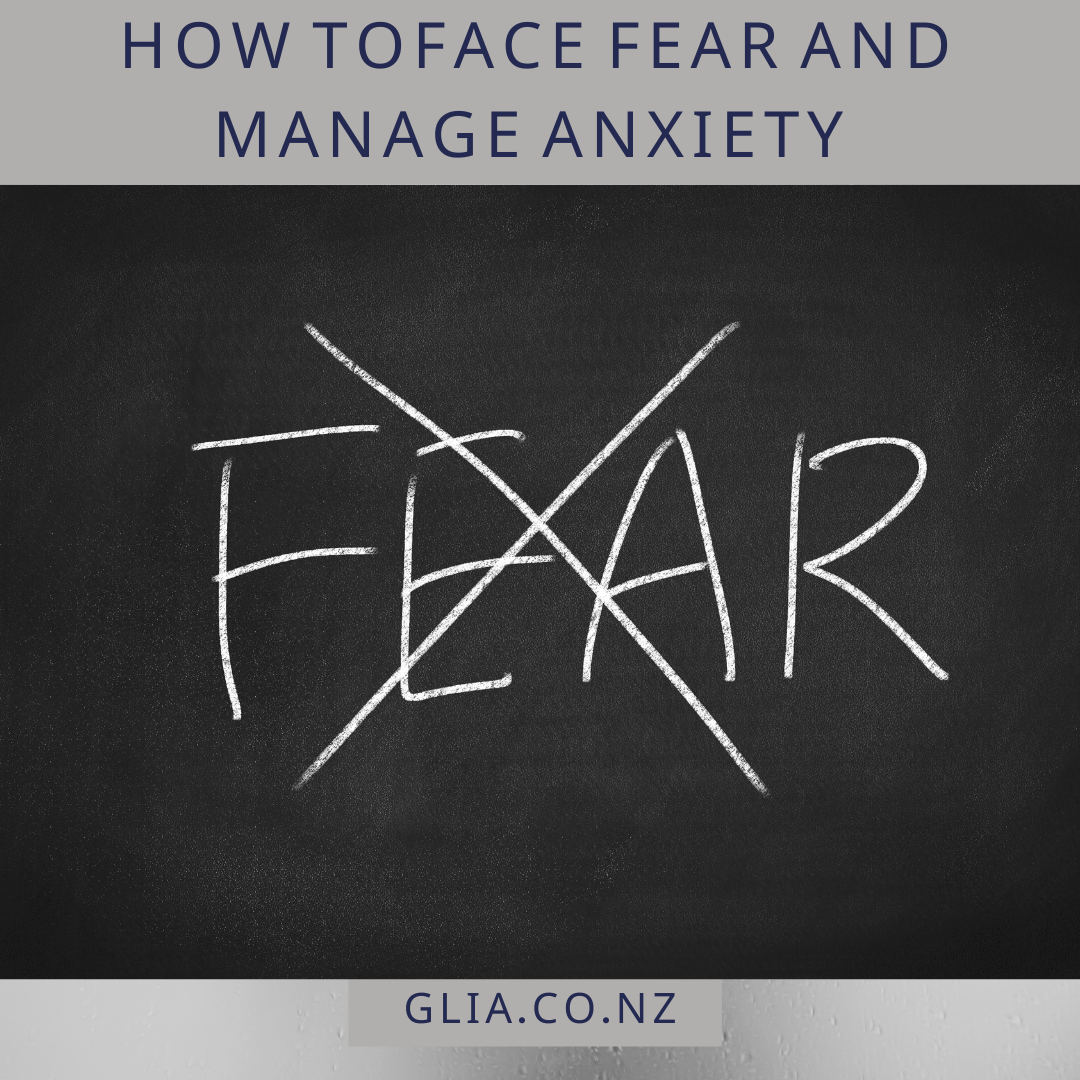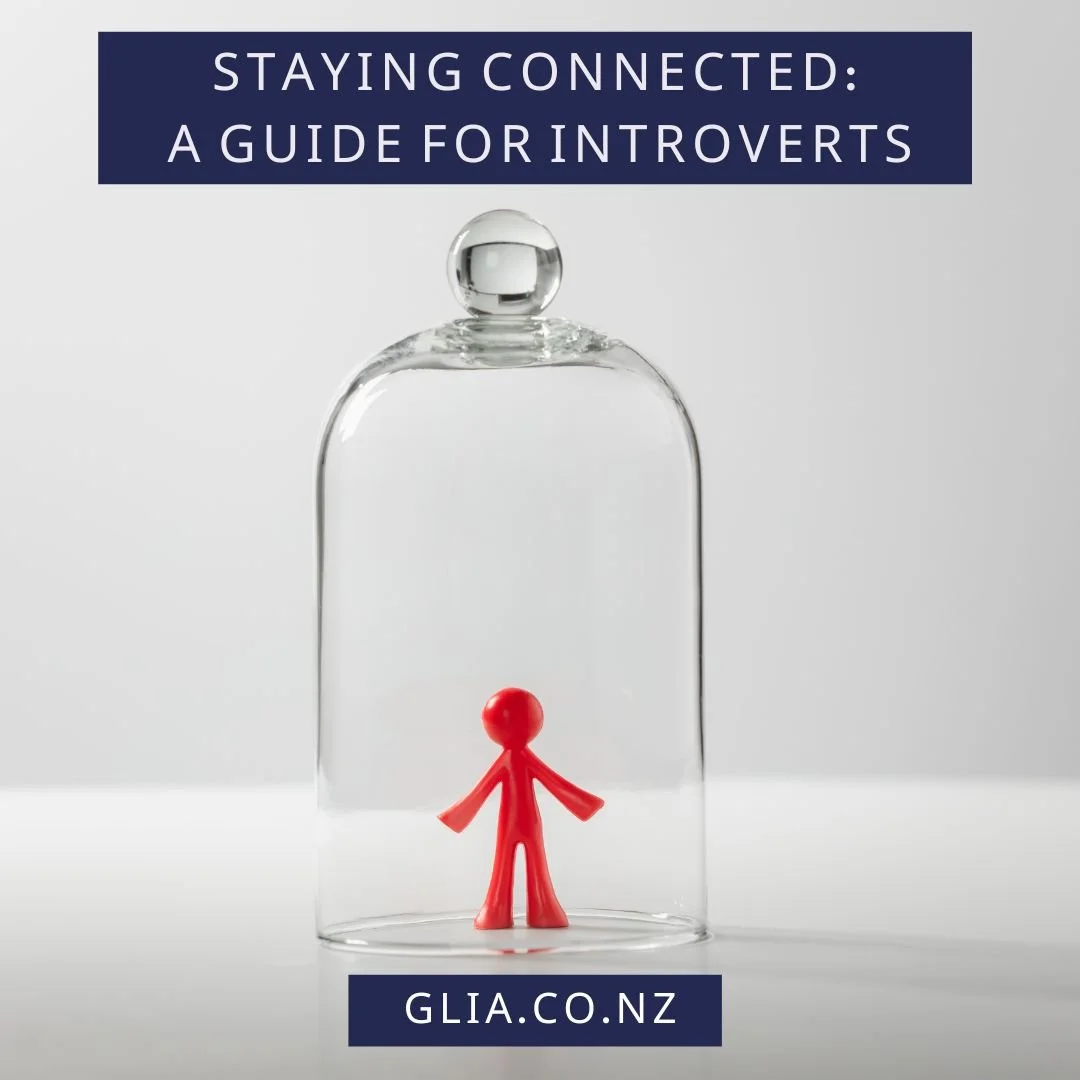Most people are familiar with the terms burnout and stress, and have an understanding of what poor workplace mental health looks like. But what is it that we are aiming for? What does a psychologically ‘well’ workplace look like?
How to Protect Yourself From Burning Out (Without Doing Yoga)
In our last blog we covered how to identify burnout risks, and how to protect yourself at the recruitment stage by spotting which organisations or job roles might pose a high risk to individuals.
In this blog, we will cover some of the steps that individuals can take to lower their burnout risk and protect their mental health at work when they find themselves in a job role or organisation that may present a higher risk.
How to avoid burn-out and keep your spark alight
Perhaps the best thing an individual can do to avoid burn-out is to work for an organisation that has a robust Psychosocial Risk Management plan in place to support positive workplace mental health outcomes and protect their workers from chronic stress.
But how can you choose the right job? And what other practical steps can individuals take to protect themselves from burnout and feel good at work?
Mental Health Tips for Working Parents in the School Holidays
Can’t Handle The Jandal: Stress and Burnout - what’s the difference?
Burnout: the imagery in that word is evocative, and perhaps one reason why the term has become popular. Why? Because the picture that burnout conjures is so very much like the experience of it.
Burned out individuals keep going, like flames across a landscape, until they run out of fuel entirely and have absolutely nothing left to give. Not one spark remains. They are quite literally ‘burned out.’
How can we tell the difference, why does it matter, and what can we do about it?
Psychosocial Risk Management and the Three Ghosts of Christmas
Cane Toads and Wicked Problems: Seven Golden Rules for Successful Psychosocial Risk Management
Psychosocial Risk Management and the Cane Toads of Australia are both what we call ‘Wicked Problems'.’ That is, a problem which is difficult to solve because of complex and changing requirements that interact with each other, to the point that there is no single solution.
Think about your Psychosocial Risk Management process (or any other process that has been implemented by your organisation as a way to solve a problem). Did it solve the problem? Or did it create other problems?
Psychosocial Risk Management Series - Part 1: What is Psychosocial Risk?
What does a shared hatred of bad parking have to do with Psychosocial Risk Management within a world-renowned aeronautical engineering company?
Recently, a friend told me about the staff communications channel within their new job role. The channel includes a multitude of totally non-work related employee group chats, on topics ranging from a love of cats to photos and commentary of terrible parking in their neighbourhoods.
Why would an organisation - especially one with a very serious image - encourage what some might consider frivolous oversharing of personal trivia during company time?
The answer - (in part, at least): Psychosocial Risk Management.
How to Face Your Fears and Manage Anxiety
A couple of years ago, I tried out for the fire service.
Facing down the entry to a confined-space maze designed to test my response to claustrophobic conditions, I realised that I had spent far too much time focusing on my running speed and pull-up ability and nowhere near enough time practising the mental skills I would need to control my fear response and manage anxiety under stress.
I failed.
The good news is that you don’t need to be prepping to face down burning buildings to benefit from facing your fears or managing anxiety.
Staying Connected: A Guide for Introverts
Mental Health Awareness Week 2022 has just come to an end. The theme this year was ‘Reconnect - with the people and places that lift you up, hei pikinga waiora.’
The positive mental health benefits of connection are clear.
Research has found that:
Happier people tend to have strong social relationships
Social networks promote a sense of belonging and wellbeing
People with a higher number of close connections (three or more) were found to have a lower incidence of mental health conditions.
You can explore some of the research on this via the MHAW website here
But how can this help people who struggle to stay social?
ISO 45003: International Standard for Psychological Health and Safety in the Workplace
Not the most sexy topic – at least not on the surface – but we reckon there is something very attractive about companies who demonstrate their care for employee welfare. And so do job seekers.
It is therefore with great pleasure that we can share the impending June 2021 release of the first International Standard for Psychological Health and Safety in the Workplace (ISO 45003).










